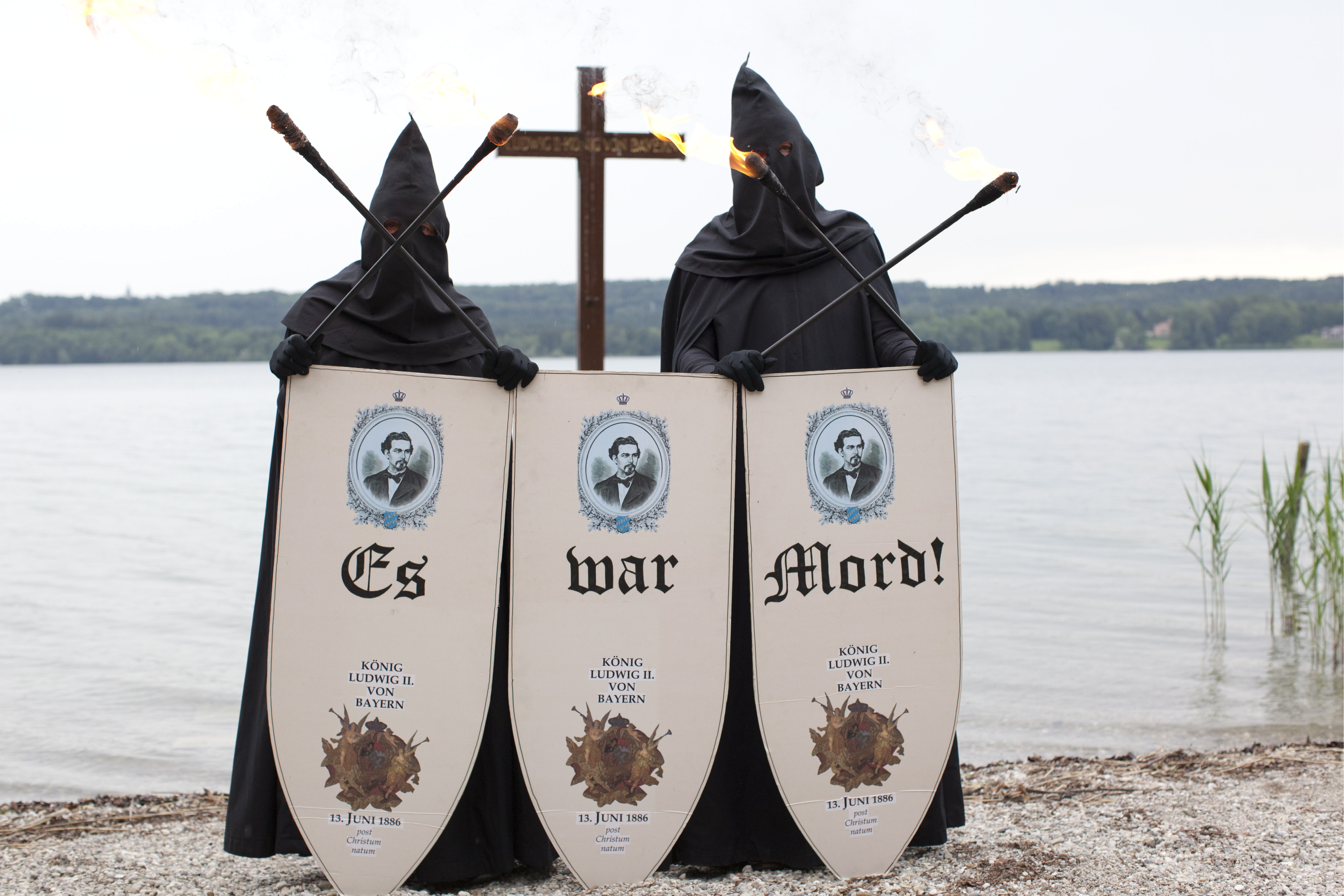They are Germany’s most famous stuffed animals, at least for Americans. A snowy owl and a wildcat lurk in the taxidermy display cases of the Langbein Museum in Hirschhorn, Germany. They’re renowned because Mark Twain wrote about them in A Tramp...
Might one crime have influenced the course of the Civil War? Yes, according to one researcher. The 1864 Gold Hoax blew a cannon ball through Lincoln’s efforts to build up the Union troops. It also highlights one of the strangest coincidences in the...
Pirate hideouts always entice with the lure of buried treasure. Last week’s announcement that an American explorer might have found Captain Kidd’s treasure in Madagascar puts pirates back into the news. Madagascar was a famous 17th century pirate...
It. Was. Murder! That’s what a sign held by a group of hooded men reads. It’s the battle cry of the Guglmänner, a secret society in Bavaria. It is trying to prove King Ludwig II was murdered in 1886 and thinks America might hold the clues it needs...






Recent Comments